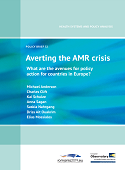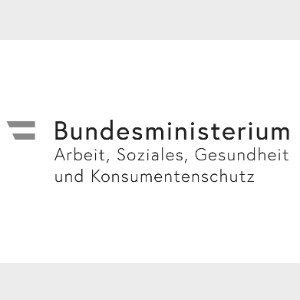Averting the AMR crisis

Download
This new policy brief summarizes some of the key policy avenues for tackling antimicrobial resistance (AMR). Following the widely accepted ‘One Health’ approach to combating AMR, the brief aims to support the implementation of national action plans (NAPs) on AMR, drawing on numerous examples of effective policies implemented by European Union Member States and involving the human, animal and environmental health sectors.
This policy brief was prepared to support the Romanian EU Council Presidency, which hosted a conference on ‘Next Steps to Making the EU a Good Practice in Combating Resistance to Antimicrobials’ (Bucharest, 1 March 2019). It draws significantly on a forthcoming study, Challenges in Tackling Antimicrobial Resistance: Economic and Policy Responses, being co-produced by the Observatory and the Organisation for Economic Co-operation and Development (OECD).
The brief’s key messages are:
- Antimicrobial resistance has serious adverse effects on human, animal and environmental health, healthcare systems, agriculture and national economies. With growing AMR rates, these costs are projected to increase dramatically if no action is taken.
- International and national efforts to combat AMR have grown steadily over the last two decades and culminated in the adoption of the Global Action Plan on Antimicrobial Resistance in 2015, which asked for all countries to develop NAPs by 2017.
- However, what has been done so far does not match the recommended scale of actions, and progress with developing NAPs has been inconsistent. Countries have thus been under mounting political pressure either to develop their first AMR NAP or to revise their current plan in line with international guidance.
- Since the drivers of AMR are multifactorial, AMR NAPs should also be multifactorial, involving a broad range of sectors, including human, animal and environmental health sectors, and utilizing a ‘One Health’ approach.
- Drawing on guidance from the World Health Organization (WHO), Food and Agricultural Organization of the United Nations (FAO) and World Organisation for Animal Health (OIE), key avenues of action to consider in an effective AMR strategy include:
- Increasing awareness of AMR
- Strengthening surveillance and monitoring, and moving towards national ‘One Health’ surveillance systems
- Strengthening antimicrobial stewardship in human health
- Strengthening infection prevention and control (IPC) in human health
- Strengthening IPC and reducing inappropriate antibiotic use in animals
- Limiting the exposure of antimicrobial-resistant pathogens to the environment
- Fostering R&D of new antimicrobial therapies, diagnostics and vaccines
- Countries will vary in their points of departure and contexts, and their policy responses will therefore differ. However, all these avenues are important and, while some countries may need to prioritize certain avenues initially, all countries should aim towards a comprehensive AMR NAP.
- Introduction of particular measures within some of these avenues may be obstructed by financial, regulatory and other barriers. However, a recent model developed by the Organisation for Economic Co-operation and Development (OECD) has shown that many policies targeted to tackle AMR are highly cost-effective. Countries should work together to overcome these barriers by sharing their experiences and examples of good practice.
- While the development of a NAP is an important step in governing the efforts to fight AMR, pursuing their successful implementation remains the biggest challenge. Good governance of AMR policies is thus a key determinant for success and should be at the forefront of any efforts to address the AMR challenge.





















